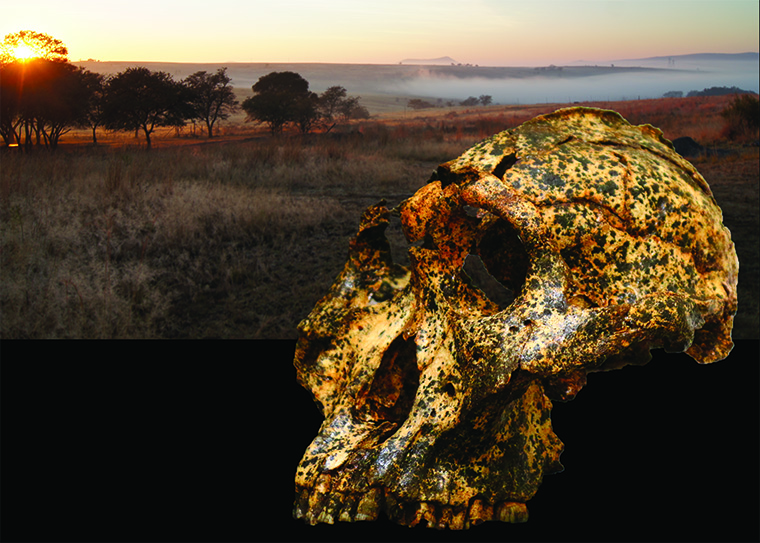Fifty years ago—on November 24, 1974—only a few years after humans’ first steps on the moon, a young paleoanthropologist, Donald Johanson, walking in the dusty landscape of the Afar Rift Valley of Ethiopia discovered the first human ancestor fossil who reliably walked upright on two feet—“Lucy.”
Tag: Human Ancestors

Newly discovered fossil documents small-scale evolutionary changes in an extinct human species
Males of the extinct human species Paranthropus robustus were thought to be substantially larger than females — much like the size differences seen in modern-day primates such as gorillas, orangutans and baboons. But a new fossil discovery in South Africa instead suggests that P. robustus evolved rapidly during a turbulent period of local climate change about 2 million years ago, resulting in anatomical changes that previously were attributed to sex.
RESEARCHERS FIND APELIKE BRAIN IN HUMAN ANCESTOR
New research from a team of anthropologists has found that a species widely accepted to be an ancestor to humans had a brain with characteristics of apes.